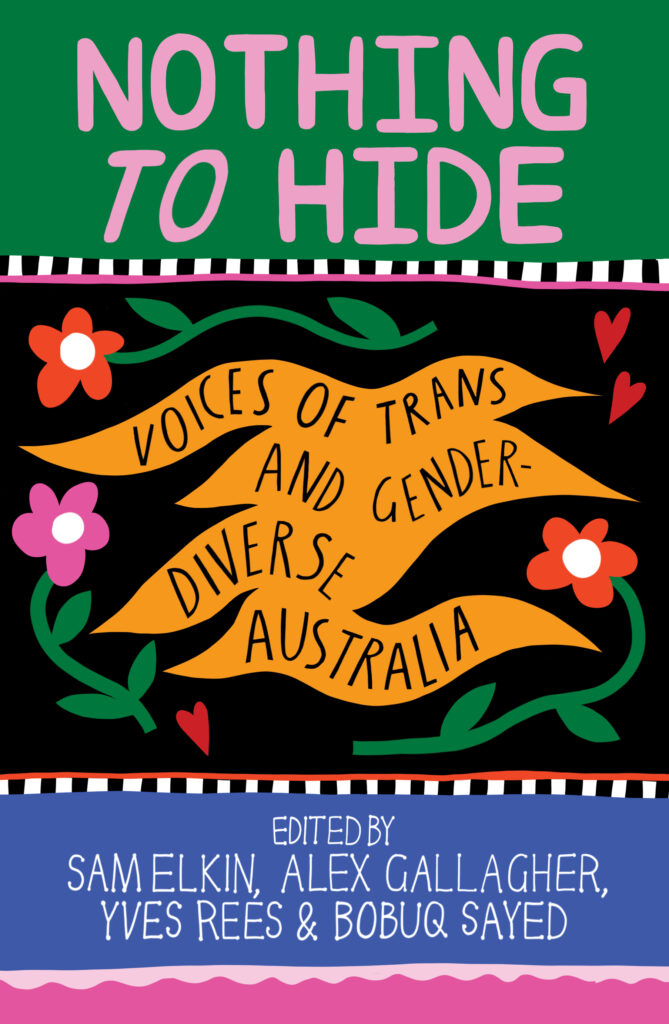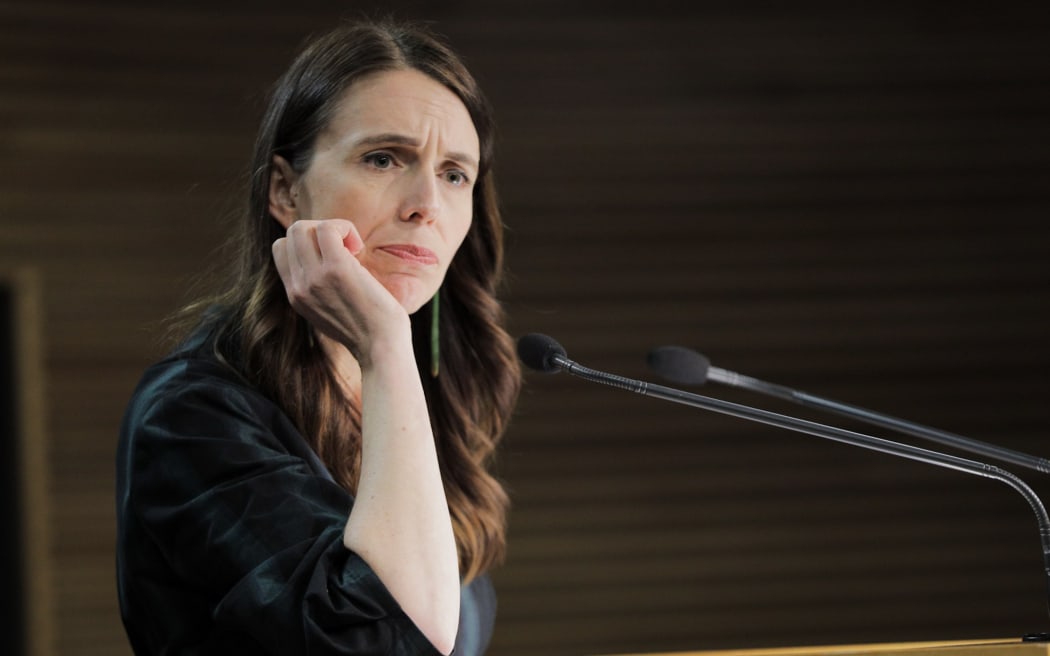FIFA’s threat to withdraw its recognition of its member federation, Football Australia, prompted gender equality measures to be adopted. This governance crisis led to the establishment of a Congress Review Working Group. (FIFA stands for The Fédération internationale de football association is the international governing body of association football, beach soccer, and futsal.)
The Working Group recommendations led to significant structural change including mandated gender equality measures. A range of measures have been outlined in my recent research paper which is intended to be a roadmap for other sports to follow, including:
1. Quota Percentages
2. ‘Different Genders’ Mandated for Specified Positions
3. Expanding the pie: Quotas by Numbers and/or Female Only Positions
4. Graduated / Staggered Quotas
5. Applying the ‘Rooney Rule’ to gender and the ‘Inclusion Rider’ to sport
6. Transparency and Inclusive Language
7. Other options including training and term lengths
The report, Better Together: Increasing Male Engagement in Gender Equality Efforts in Australia, found that most men (76%) are gender equality supporters, but few (17%) prioritise taking action. This serves to explain why the status quo, of ‘pale, male and stale’ [plus ‘able-bodied’ and ‘heterosexual’] has been very difficult to shift. This report also recommended that male engagement could be achieved by ‘mak[ing] it easy’.
In the recent Football Australia governance crisis, advocacy group, Women Onside, sought to assist the Working Group established by the international federation, FIFA, through providing practical, ‘easy’ solutions.
If you are also grappling with how to create structural changes to your organisation to achieve gender equality, particularly if your organisation exists within a federated model, then some of the following case studies and research presented by Women Onside may provide ideas and inspiration:
1. Quota Percentages
The Australian Sports Commission 40% target was tied to funding, but the threatened ‘stick’ was not ever implemented. Instead, while noting the challenges around quotas in a federated system, a 40:40:20 requirement was recommended for the entire football ecosystem. This mechanism was successfully adopted by Paddling Australia.
2. ‘Different Genders’ Mandated for Specified Positions
It can be constitutionally required that, for example, the Chair and Deputy Chair roles are ‘different’ genders. This is preferable to the ‘both genders’ binary format, but is insufficient as a standalone strategy to create gender equality (eg: the Australian Olympic Committee Athletes’ Commission provision alone would only lead to a 30% outcome).
3. Expanding the pie: Quotas by Numbers and/or Female Only Positions
Boards have traditionally been made up of representative positions, and in some cases each of the Standing Committee Chairs (including the Women’s Committee) have had a vote on the executive (eg: Capital Football). Expanding the board to create ‘women only’ board positions, avoids the threat of an incumbent losing ‘his’ seat. For example, the FIFA Statute requires that each of its six Confederations: ‘elect at least one female member to the Council’. Any Confederation failing to elect a woman will have that seat ‘deemed forfeited’ until the next round of elections. However, this ‘female member’ mechanism only guarantees that there will be a minimum of 16% female representation.
The idea of ‘expanding the pie’ has also been explored in the entertainment industry, where researchers promote the idea of ‘Just Add 5’ to address the finding that women have made up less than 30% of speaking roles in the top 100 US films each year for decades. Achieving gender equality by 2020 would have required expanding the FFA Congress to twenty and adding five women each year. To achieve this in a contested election requires a: ‘first past the post, provided you are a woman’ rule. This is used by the AOC Athletes’ Commission. Of the eight athletes elected at the Summer Olympic Games, it was mandated that there must be: ‘not less than three males and not less than three females’ and the Winter Olympic Games elected representatives: ‘must comprise one of each sex’. This means that those athletes receiving the most votes may not necessarily be elected. Where there is a tie, the youngest candidate wins; thereby also assisting with age diversity affirmative action.
4. Graduated / Staggered Quotas
Following the major governance failures and corruption within the International Association of Athletics Federation [IAAF, now World Athletics], 95% of the IAAF Special Congress supported the recommended reforms. Since 1 January 2019, the IAAF Council mandated a graduated gender balance. Although still couched in binary terms (which is significant given the challenges in athletes for intersex athletes), the amended Constitution sets out the minimum number of women required to occupy the seats on the IAAF Council and the Executive Board. Maria Clarke, IAAF governance reform Chair, hopes this created a ‘gender leadership’ environment. At the 2023 Election, there will be a minimum of ten of each gender elected from amongst the total of twenty-six Council members. At the 2027 Election, the Council will be 50-50, and the IAAF Executive Board (total of 9) must consist of three members of each gender. (NOTE: A graduated approach, by adding one ‘female only’ position to the FFA Congress each year until the ideal of fifty-fifty is reached, would have taken a decade to achieve).
5. Applying the ‘Rooney Rule’ to gender and the ‘Inclusion Rider’ to sport
The Rooney Rule was designed as an equity measure for black and Latino men applying for coaching and team management positions in the US National Football League [NFL]. The Rooney Rule concept has effectively been applied to the corporate sphere to achieve gender equality, for example: then Australia Post CEO, Christine Holgate, required that head-hunters have a female on the short list for every role. Going even further, Mirvac CEO, Susan Lloyd-Hurwitz, required that every senior role short list be 50-50.
Called the ‘Inclusion Rider’, entertainment industry ‘stars’ are encouraged to include a clause requiring broad race, gender and ability demographics in both onscreen and off-screen staff. The idea of having influential people in positions of power stipulating express diversity requirements in their own contracts was given prominence at the 2018 Hollywood’s Oscars by Frances McDormand. A similar call has been made for invited (male) speakers to refuse to attend male only conferences and panels [‘Manels’]. In sport, the players’ associations can use their leverage to negotiate with the national bodies and the clubs, not only for pay parity, but to demand that there be women in governance and in operational positions.
6. Transparency and Inclusive Language
It was recommended that football stakeholders be required to include gender statistics in their annual reports on their websites. For example, Basketball Australia publishes its Board Charter, a de-identified Director Position Profile and Skills Matrix, and female representation statistics. Advertising all roles, including detailed job descriptions, should also be standard. Research by Gaucher et al., (2011) found that to attract female candidates to positions, on an equal basis to men, requires inclusive language on websites and in recruitment documentation. Inclusive language can be identified using tools, such as the Gender Decoder.
7. Other options including training and term lengths
Other change mechanisms include mandating term lengths (ASC 2015), ethical leadership (Ordway and Opie 2017) and ‘entitlement’ training, mentoring and sponsorship (ie: shepherding), pay parity and equal media representation. World Athletics funds targeted recruitment and training programs and has established the Gender Leadership Taskforce to work with the IAAF Women’s Committee and male advocates to identify and upskill women with potential. Changing structures, and influencing individual and institutional mindsets, rather than focusing only on changing women, is required.
If you have come across other best practices that have worked, we’d love to hear them. Please email through to: catherine.ordway@canberra.edu.au
-
Please note image at top is a stock photo (Female Soccer player in action on a professional soccer stadium).
The post What can we learn from sport governance challenges? appeared first on BroadAgenda.
This post was originally published on BroadAgenda.
![Questions: To what extent do you agree or disagree with the following? Men, women and non-binary people are treated equally in Australian society; Thinking about Australian news in general, how well do you think it covers women? [Base: N=2,266]](https://www.broadagenda.com.au/wp-content/uploads/2023/03/2023-Picture-1-1024x566.jpg)
![Questions: To what extent do you think the Australian news media needs to work on improving diversity? [Base: N=196]; Do you think your news organisation has enough employee diversity in the following areas? [Base: N=193] *Excludes freelancers/contractors; Have you experienced discrimination in your newsroom based on your gender? [Base: N=196]](https://www.broadagenda.com.au/wp-content/uploads/2023/03/Picture-2-1024x428.jpg)
![Question: To what extent do you agree or disagree with the following? My news organisation is doing a good job with employee diversity at a… [Base: N=193] *Excludes freelancers/contractors](https://www.broadagenda.com.au/wp-content/uploads/2023/03/Picture-3-1024x769.jpg)
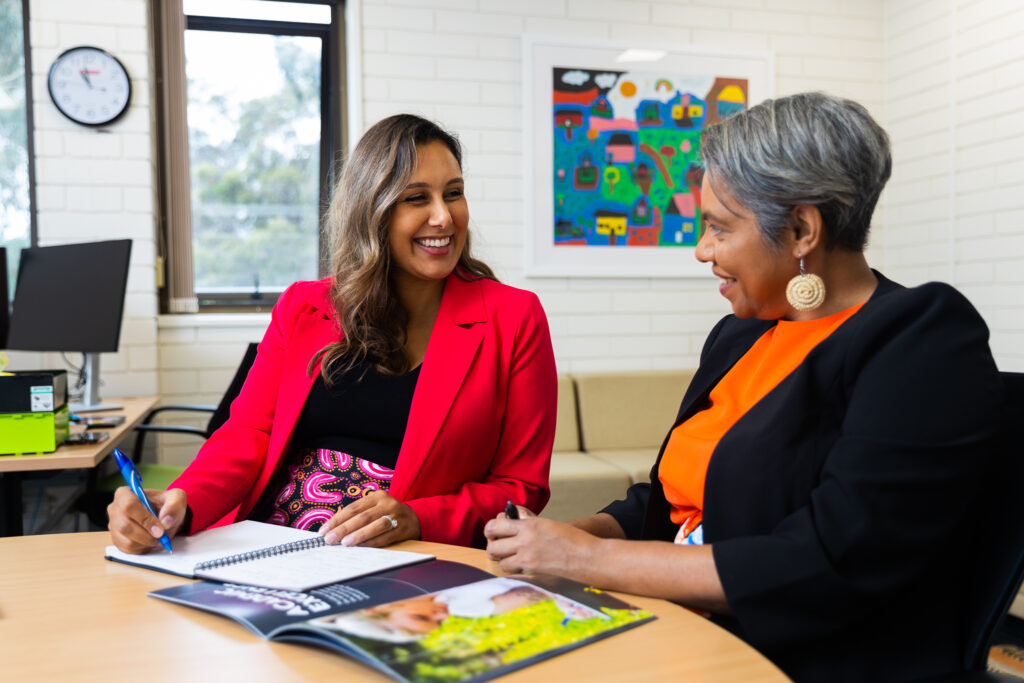

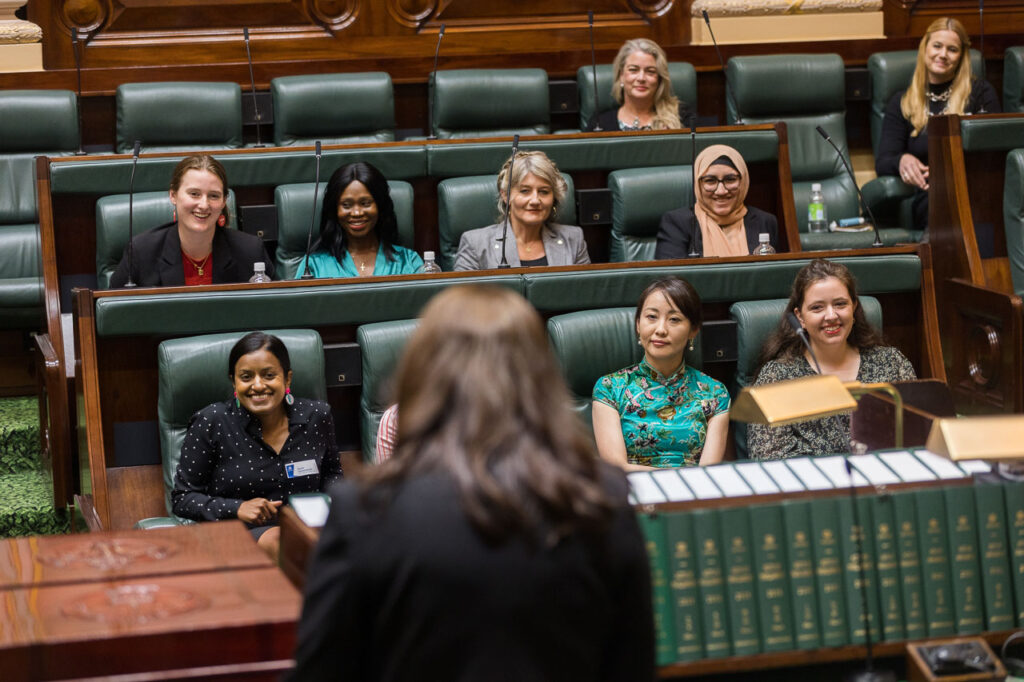
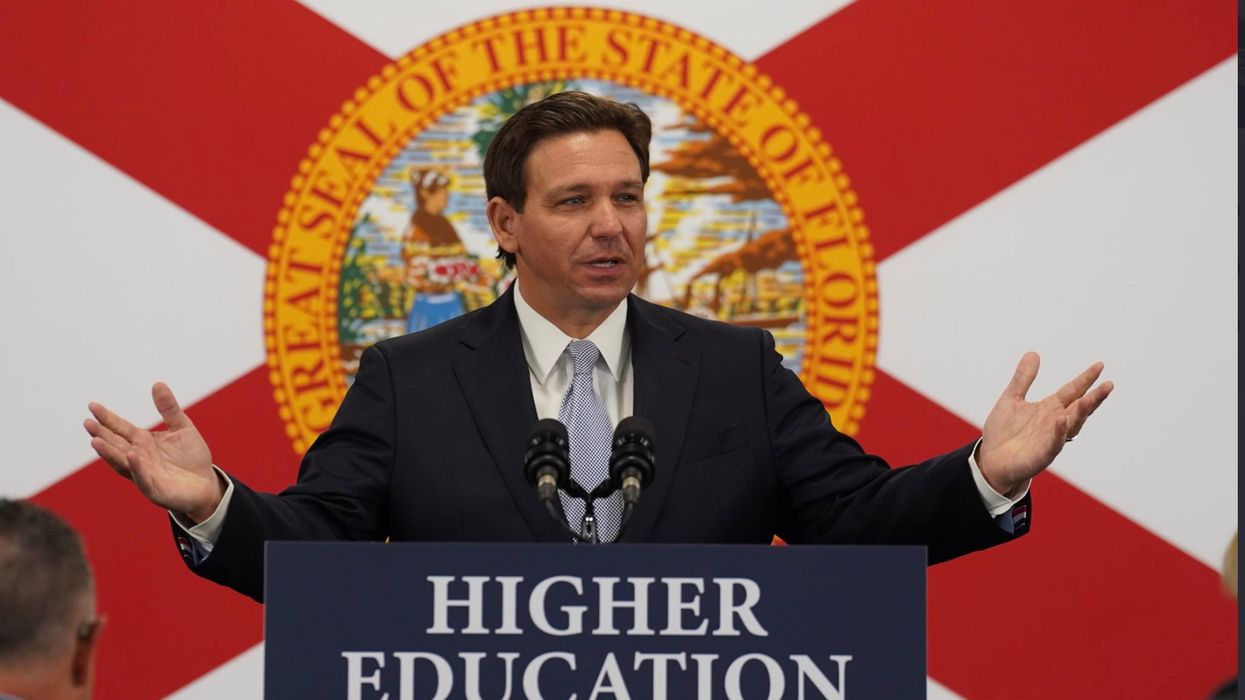

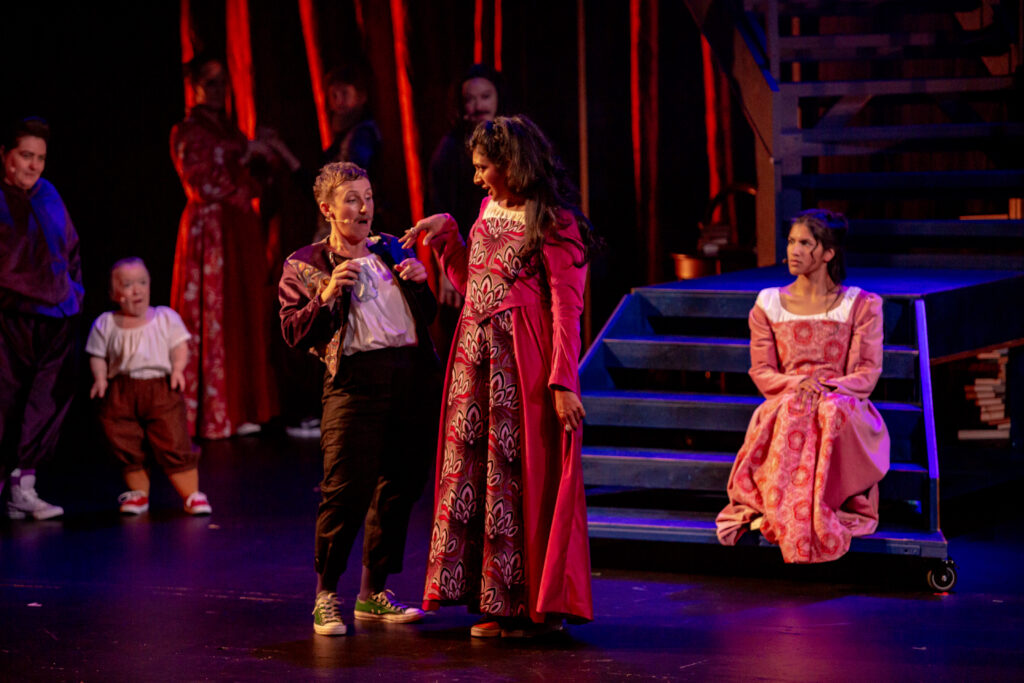
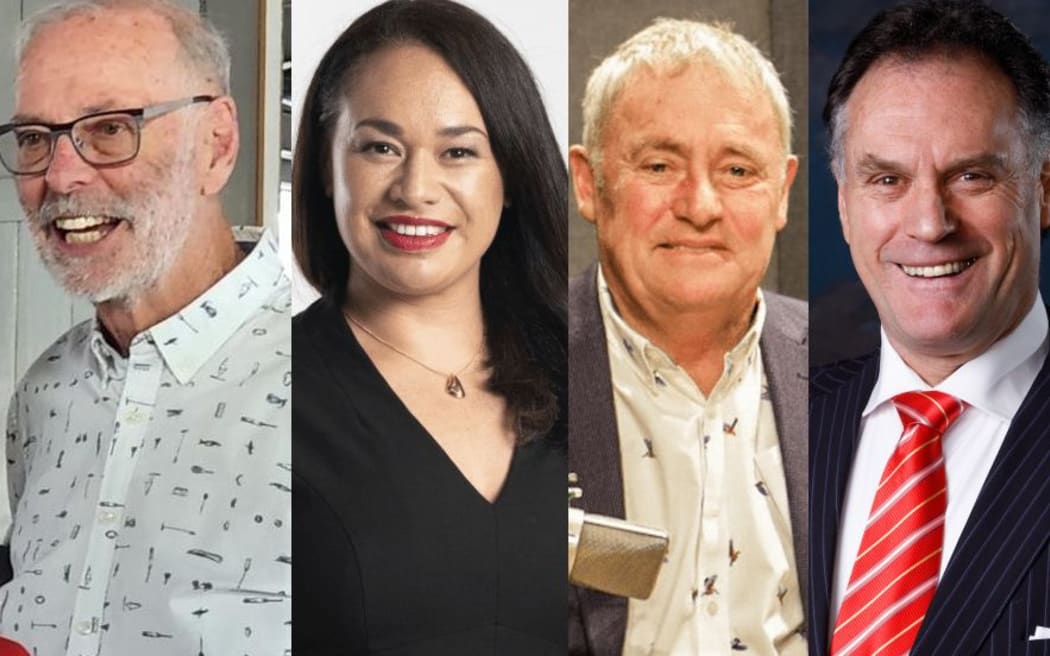




 (@sparklykitten)
(@sparklykitten) 
 Britain's new Chancellor Kwasi Kwarteng is extemely close to one of the world's most repressive dictatorships.
Britain's new Chancellor Kwasi Kwarteng is extemely close to one of the world's most repressive dictatorships. 